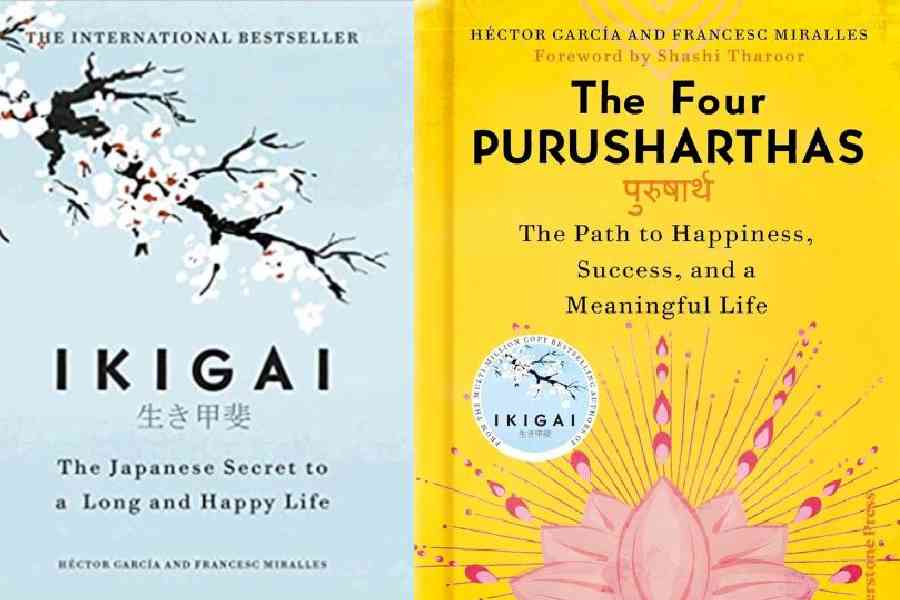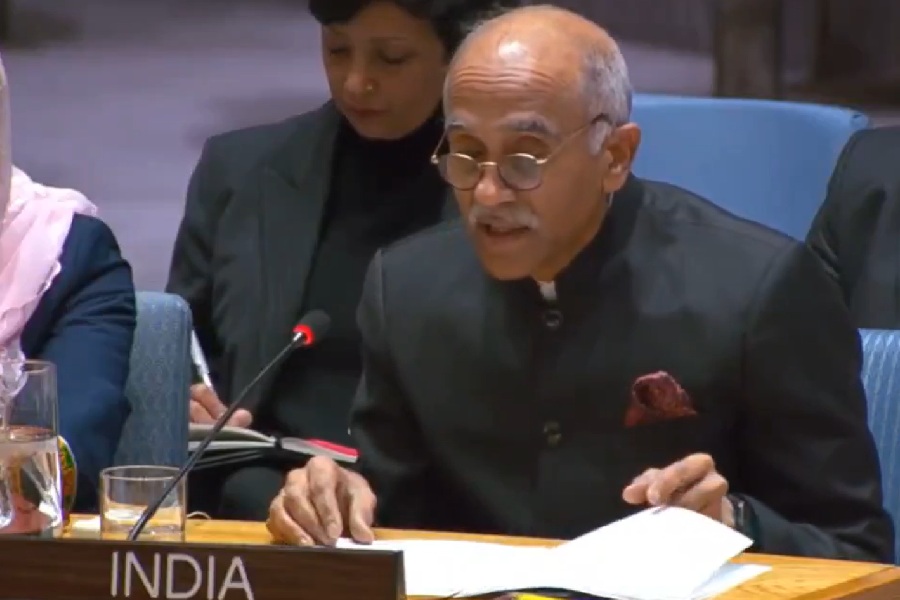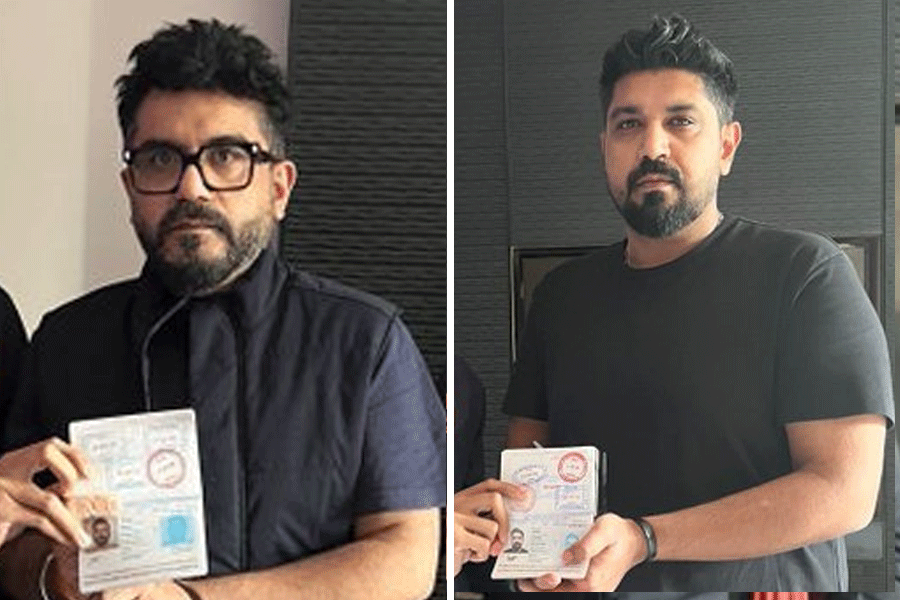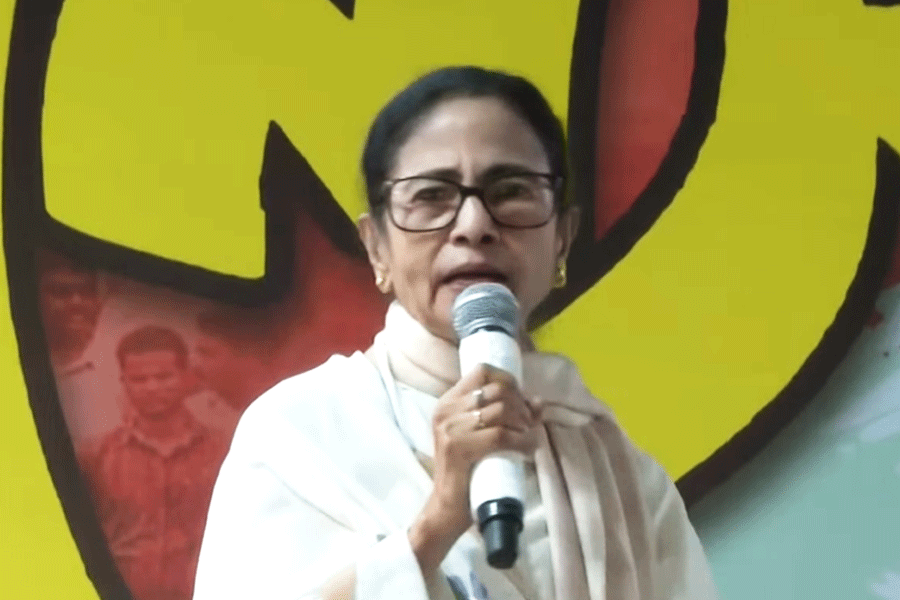Francesc Miralles is used to the overwhelming crowd and the chaos of Calcutta. The 2020 International Kolkata Book Fair was his first tryst with the demography of the city — scores of people gathering at a single venue for the love of the written word. Cut to 2025, and he was back with Coal India Kolkata Literary Meet in association with The Telegraph, with multiple sessions and multiple engagements in the city that he confesses to be “in love” with.
“Honestly speaking, I couldn’t see much when I came here in 2020 for the Book Fair. I should say that this time I was able to experience the city a little more. In fact, I am amazed with the social and cultural life of the city. I am in love with the city,” said Miralles, the co-author of Ikigai: The Japanese Secret to a Long and Happy Life. The rush, the madness of a literary festival and packed schedule can be unnerving, but Miralles knows how to keep calm, he certainly has the wisdom of the Oriental world.
Magic of Ikigai
Published in 2016, Ikigai has sold millions of copies globally and became a bestseller in India, striking a chord with a range of readers. Even a decade later, it has the same pull which was distinctively palpable from the packed sessions that he had at the literary festival. Did he, or co-author Hector Garcia, think it will become an international bestseller when they met in Tokyo and talked about Western psychology and the higher purpose of life?
“Neither me nor Hector thought that it could become so popular. We thought that our book would attract a small audience, especially those who are interested in Japan. But, you know, that’s the magic of arts, in general, and literature in particular. You never know what the world is expecting,” said Miralles who started off as a translator, translating German books, and then as an editor before feeling lost and heading to India to find his purpose in life. Miralles, who has been drawn towards India since his teenage days, is also well versed with Indian authors, as well as Rudyard Kipling.
Element of chance
A compact book that aims to simplify life and make one find their purpose, Ikigai has attracted GenZ and it continues to attract millennials who believe in the philosophy of ‘living in the moment’.
Talking about the ability of the book to attract young readers, Miralles said: “This is a book very attractive for young readers since they are the ones who have the energy and the freedom to choose their lives. When you are young, you want to live your own life according to your purpose.” Miralles says that the book happened by chance, as if it was meant to happen.
The author, whose other books include Wabi Sabi, Love in Small Letters and The Maze of Happiness, said: “In literature, there’s a matter of chance, always. When I was into publishing, sometimes we tried hard to promote a novel written by an important author. We invested money, but nothing happened. Then again, there’s something that’s written for a very small public and the world seems to be expecting that. So, chance is always in the equation.”
From finding his ikigai, he is now on a mission. “I have had different ikigais throughout my life. As you know, I have been a traveller, translator, editor and, now, an author. Nowadays, my ikigai is helping other people to find their ikigai. I discovered it by observing the fourth circle of ikigai — what the world needs,” said Miralles, who is hugely inspired by Milan Kundera, a Chez-French novelist.
Ikigai to Purusharthas
From the Japanese tradition, Miralles has segued into Indian philosophy with his latest book, The Four Purusharthas: The Path to Happiness, Success and a Meaningful Life.
Talking about its genesis, he said: “Ikigai was extremely popular in India and during the pandemic Hector and I did like 200 interviews with Indians — forums, universities, students, and women who were entrepreneurs, and many of them said why don’t you do something like Ikigai but about India. You bring the wisdom of India to the world and go beyond the specialised books and talk about spirituality or about a certain guru or technique.
“India is the spiritual cradle of the world. Beyond the ancient wisdom, which starts 5,000 years ago, the modern thinkers and leaders have also a lot to say about how to achieve self-realisation in life. As a teenager, I read (Jiddu) Krishnamurti but in this book we wanted to include the best of Indian wisdom explained to everyone in an easy way.”
The book was called Namaste all around the world but was later changed to The Four-Way Path for American readers and, for the Indian diaspora, the title The Four Purusharthas was chosen.
“Hector established the connection between the ikigai and the Purusharthas through the circles. Let’s remember that in ikigai we have four circles — what you love, what you are good at, what you can be paid for, and what the world needs. Three of these circles are quite similar, and especially two of them, to the four Purusharthas. Kama has to do with pleasure, senses or happiness. So we could establish a relationship with the first circle of ikigai, which is what you love. So the first thing that you need is to learn to appreciate beauty and learn to love above all. Then there is ‘arth’, or money, which is similar to the third circle of ikigai. There are also concepts of Dharma and moksha in Indian philosophy, which are complicated but we tried to establish connections,” said Miralles.
Talking about the meeting point of Japanese and Indian philosophies, he said: “Japanese and Indian traditions have a similar starting point. You need to look inside yourself and work in self-knowledge to become a better person and have better relationships with the world. The difference is in the expression of this spirituality — Japanese are minimalists, Indian are accumulative; they integrate big amounts of influences.”
Keeping the narrative simple
Giving us a sense of his partnership with Hector, Miralles shared, “When we write a book, we have a goal, and our goal is it must be understood by all, whether it is a hairdresser or a taxi driver. We don’t aim to write literature but something very simple for everyone to understand. If the hairdresser and the taxi driver are able to understand, then a person with a sense of Indian philosophy will be able to understand that. If a normal person is not able to understand what we explained, like, say, the concept of karma, then we didn’t do our job well.”










